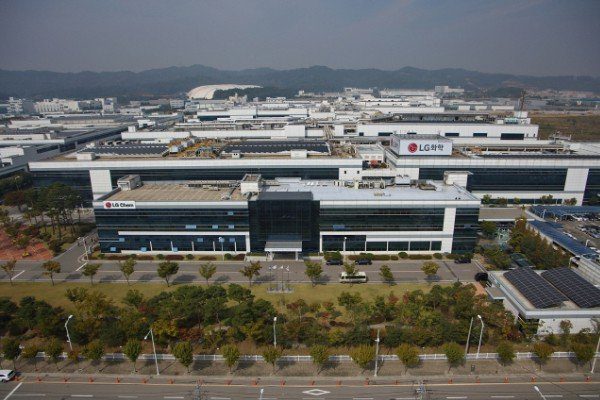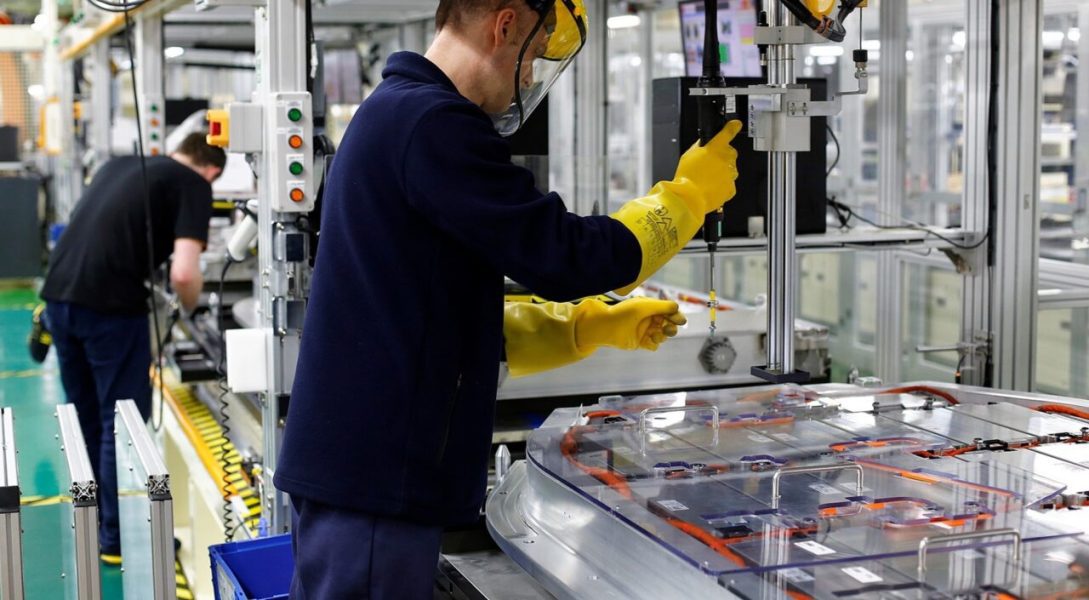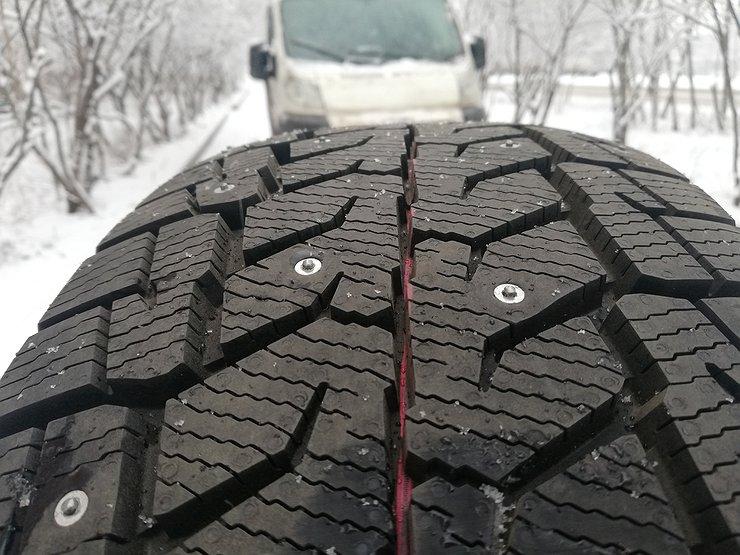
LG Energy Solution returns to LiFePO4 cells. And that's good, we need them for cheap electric vehicles.
So far, LG Energy Solution (formerly: LG Chem) has focused mainly on lithium-ion cells with nickel-cobalt-manganese and nickel-cobalt aluminum (NCM, NCA) cathodes. They have a large capacity, but are expensive due to the cobalt they use. Lithium Iron Phosphate Cells (LiFePO4, LFP) have a lower energy density, but are cheaper.
LG intends to fight CATL and BYD
Today, the largest manufacturers of LFP cells and, at the same time, the companies investing the most resources in their development are China's CATL and China's BYD. Both companies promoted them as safe and relatively cheap solutions, albeit with low energy density. Almost the entire automotive world (except China) showed moderate interest in them until Tesla surprised everyone by using them in the Model 3 SR +.
Current manufacturer claims show that LFP cells reach an energy density of 0,2 kWh / kg, which was on par with NCA / NCM cells just 4-5 years ago. In other words: there are “enough” of them even in the automotive industry. LG was reluctant to use this technology, believing it was band limiting., and the company insisted on the greatest possible distances between the batteries. LFP research hasn't been done for nearly 10 years, but now it's time to get back to it. Moreover, lithium-iron-phosphate cells contain neither cobalt (expensive) nor nickel (cheaper, but also expensive), so the only potentially expensive component is lithium.

Battery factory LG Energy Solution in Biskupice Podgórna near Wroclaw (c) LGEnSol
The LFP production line will be built at the Daejeon plant in South Korea and will not be operational until 2022. Raw materials will be supplied by Chinese joint ventures. According to The Elec, LG plans to position its own LFP cells as suitable for lower cost vehicles where low price is key. They are also expected to be used in emerging markets.
Editor's note www.elektrowoz.pl: I think it is difficult to get better news today. LFP cells are catching up to NCA / NCM / NCMA cells while being cheaper and more durable. The real power reserve of the Opel Corsa-e is approximately 280 kilometers. If it used LFP cells, the vehicle would require replacing the battery with mileage of at least 1 (!) kilometers - because lithium-iron-phosphate chemistry withstands thousands of operating cycles.
This may interest you:
